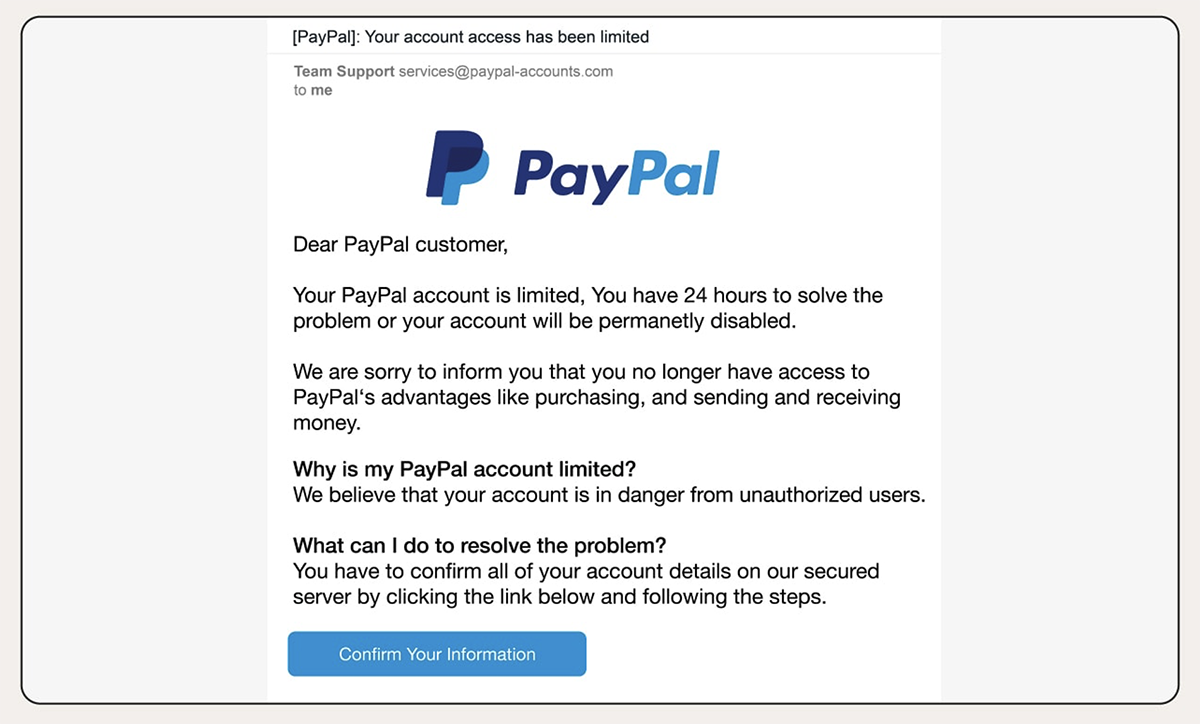22 APR 2025
The internet is an essential part of life, but it also comes with risks. Scammers, hackers and cybercriminals are constantly finding new ways to exploit unsuspecting users. No one is immune to scams - it can happen to the best of us! With a few savvy moves, you can avoid becoming hacker bait.

1. Create Long, Strong and Unique Passwords
Your password shouldn’t be your pet’s name followed by ‘123’. Hackers can guess that faster than you can say ‘compromised account’.
Tips:
2. Turn on two factor authentication
Think of two-factor authentication like a VIP bouncer for your accounts. Even if someone steals your password, they still need a unique code sent to your phone or app to get in.
Tips:
3. Activate auto updates on apps and devices
Updates aren’t just annoying pop ups, they’re there to protect your security. Hackers can exploit the weaknesses in your software to access your accounts.
Tips:
4. Set your social media settings to private
Cyber criminals love over sharers. By posting an innocent picture about your dog’s birthday or weekend plans, cyber criminals can work out a lot about you.
Tips:
5. Think before you click
Clicking dodgy links is the online equivalent of accepting candy from a stranger – just don’t do it. Some scams are so sophisticated now that they use similar branding as reputable companies to try catch you out.
Tips:
6. Beware of Phishing scams
Phishing emails are looking to hook you in. These scams try to trick you into handing over personal information.
Tips:

7. Watch out for fake websites and online shopping scams
Not all websites are what they seem. Some are wolves dressed in sheep's clothing, designed to steal your details.
Tips:
8. Recognise online investment and job scams
If a ‘job’ promises you thousands for doing practically nothing or an ‘investment’ guarantees huge returns, congratulations – you’ve found a scam.
Tips:
9. Protect your personal devices
Your phone and laptop are goldmines of personal data.
Tips:
10. Secure your home network
Your Wi-Fi network is your digital front door. Don’t leave it wide open for cyber criminals.
Tips:
Overall trust your instincts and stay informed. Report scams when you see them and help others avoid the trap. Staying safe online isn’t about paranoia, it’s about being smart and prepared to protect your safety.
For independent complaint or pricing advice, click here. UDL & Powerswitch can help.
To read our Residential Consumer Care policy on how we'll keep you safe and connected, click here.